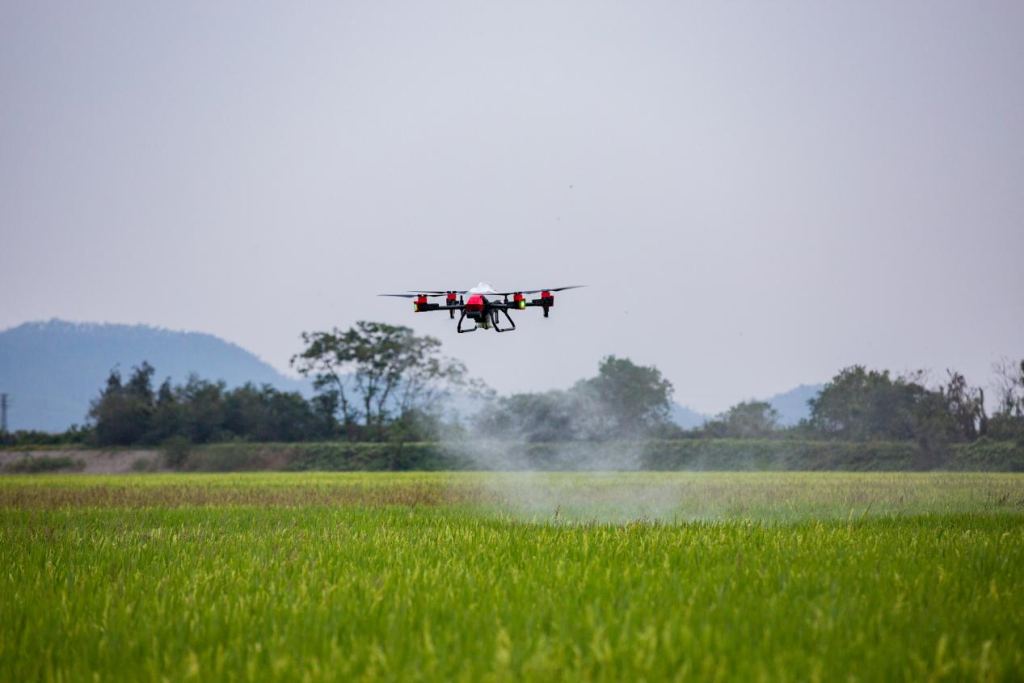Agricultural drones are taking crop monitoring to new heights, quite literally. These unmanned aerial vehicles have opened up a world of possibilities for farmers, offering an unprecedented view of their fields and crops. In this article, we will delve into how agricultural drones are enhancing crop monitoring in modern agriculture.
Crop monitoring is an essential aspect of farming, as it helps farmers track the progress of their crops, identify issues early, and make informed decisions. Traditional ground-based methods can be time-consuming and often cover limited areas. Agricultural drones, on the other hand, provide a rapid and comprehensive solution to crop monitoring.
Agricultural drones are equipped with advanced cameras and sensors that capture high-resolution images and data. They can survey large areas of farmland quickly, collecting data on crop health, pest infestations, soil conditions, and more. This information is then analyzed using specialized software, allowing farmers to gain insights that were previously hard to obtain.
One significant advantage of using drones for crop monitoring is the ability to detect problems early in the growing season. For example, drones can identify nutrient deficiencies or the presence of diseases before they become visible to the naked eye. This enables farmers to take corrective actions promptly, such as adjusting fertilization or applying targeted treatments, ultimately leading to healthier and more productive crops.
In addition, agricultural drones make it easier to monitor large or remote areas of farmland, which may be challenging to access by traditional means. They can fly over rugged terrain, rivers, or other obstacles, capturing valuable data from previously unreachable locations. This ensures that no part of the farm goes unmonitored, contributing to better crop management.
Another critical aspect of crop monitoring is the efficient use of resources. Drones can help farmers optimize irrigation by assessing soil moisture levels and detecting areas in need of water. This reduces water wastage, conserves resources, and cuts operational costs, all of which are vital in sustainable agriculture.
In conclusion, agricultural drones have transformed crop monitoring by offering a new level of precision, efficiency, and coverage. By providing early insights into crop health, aiding in resource management, and reaching inaccessible areas, these drones have become indispensable tools for modern farmers. As technology continues to advance, their capabilities are only expected to grow, further improving the practice of crop monitoring in agriculture.







Please sign in to comment
register